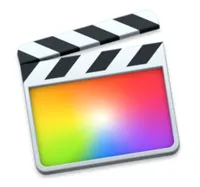10 top video editing tips and tricks every beginner needs to know
Up your game with these essential video editing tips and tricks, from smoother cuts to colour grading.

With the best video editing tips and tricks, beginners can make a big leap in their video editing skills and processes. Video editing is essential to get right, but it can be a time-consuming and painstaking process. Initially, you might also be at a loss for how to get the kind of edit you want. There's so much software out there and so many ways of working that it can feel overwhelming at first, but in this guide we suggest ten video editing tips and tricks that can make a real difference for beginner video editors.
The tips below cover everything from choosing the right video editing software to considerations such as where to cut scenes and how to make sure the music you use works alongside images. You can apply these video editing tips to all kinds of videos, so they'll be relevant whether you're working on films, a personal vlog, a documentary or creative shorts and should help you raise the standard of your video content.
In our tips, we mention the importance of video editing software, and you'll find quick links to our top three recommended tools below. Just scroll down further for our ten video editing tips and tricks. You might also want to see our guide to the best laptops for video editing.
Video editing tips and tricks: the best software
Premiere Pro: the best video editing software
Aimed at professional editors, Adobe's Premiere Pro is our pick of video editing software. This industry standard tool works on both PC and Mac, and offers everything you need.
Final Cut Pro X: the best choice for Mac users
Optimised for macOS, Final Cut Pro has a great reputation within the industry and is the best option for Apple users who want to make movies easily.
Our top 10 video editing tips and tricks
01. Get the right software
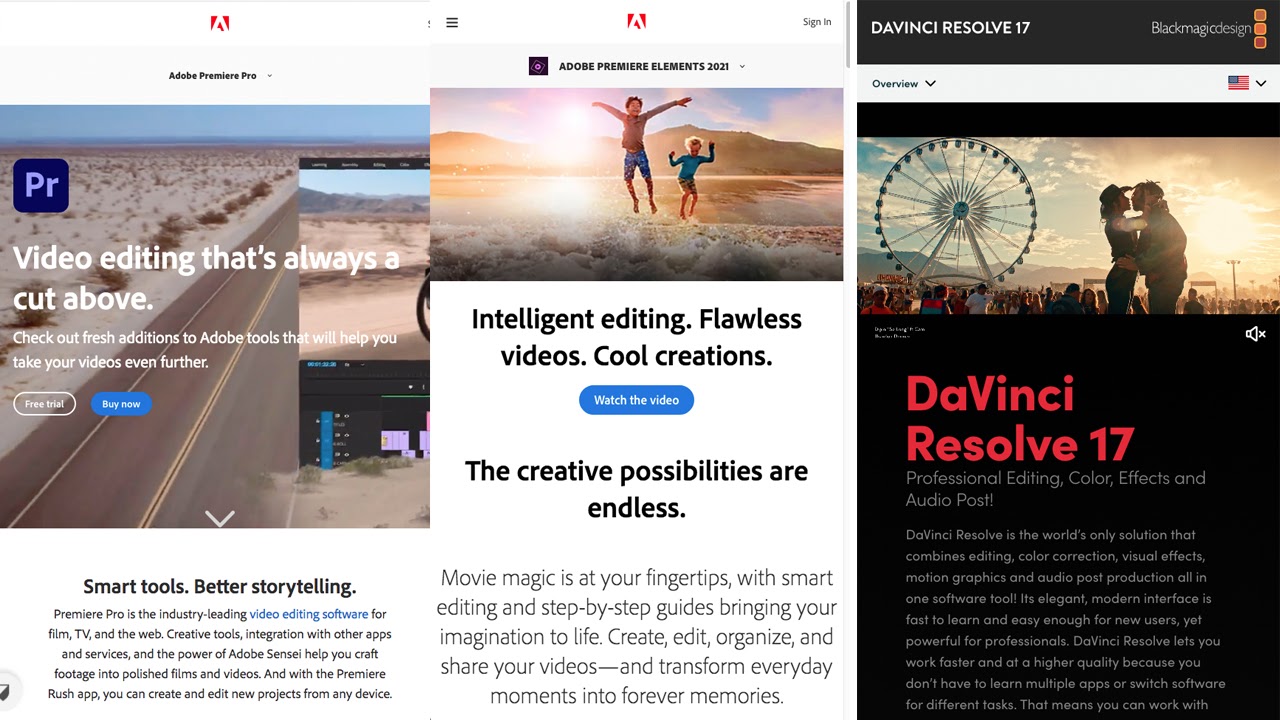
First up on our list of video editing tips and tricks, is getting the right tools. With a plethora of editing software on the market, it’s not always easy to know which to use. In fact, there are so many programmes now, that it can be almost impossible to compare them all. However, if you considering working in video editing, it can be a wise move to make sure you're familiar with the industry standards. These are Adobe's Premiere Pro, Final Cut Pro (for Apple only) and DaVinci Resolve.
However, these are complex programmes with steep learning curves. If you feel that you're not ready for that, then Adobe and Apple do offer simplified versions of their professional software in the form of Premiere Elements and iMovie, respectively. Just bear in mind that these have significant limitations when compared to fully fledged editing software. There are plenty of other options suitable for newcomers too, including Filmora and Pinnacle Studio. Fortunately, many of these tools offer a free trial, which allows you to try each of them out to see which is right for you. See our full guide to the best video editing software for more options.
02. Keep it short
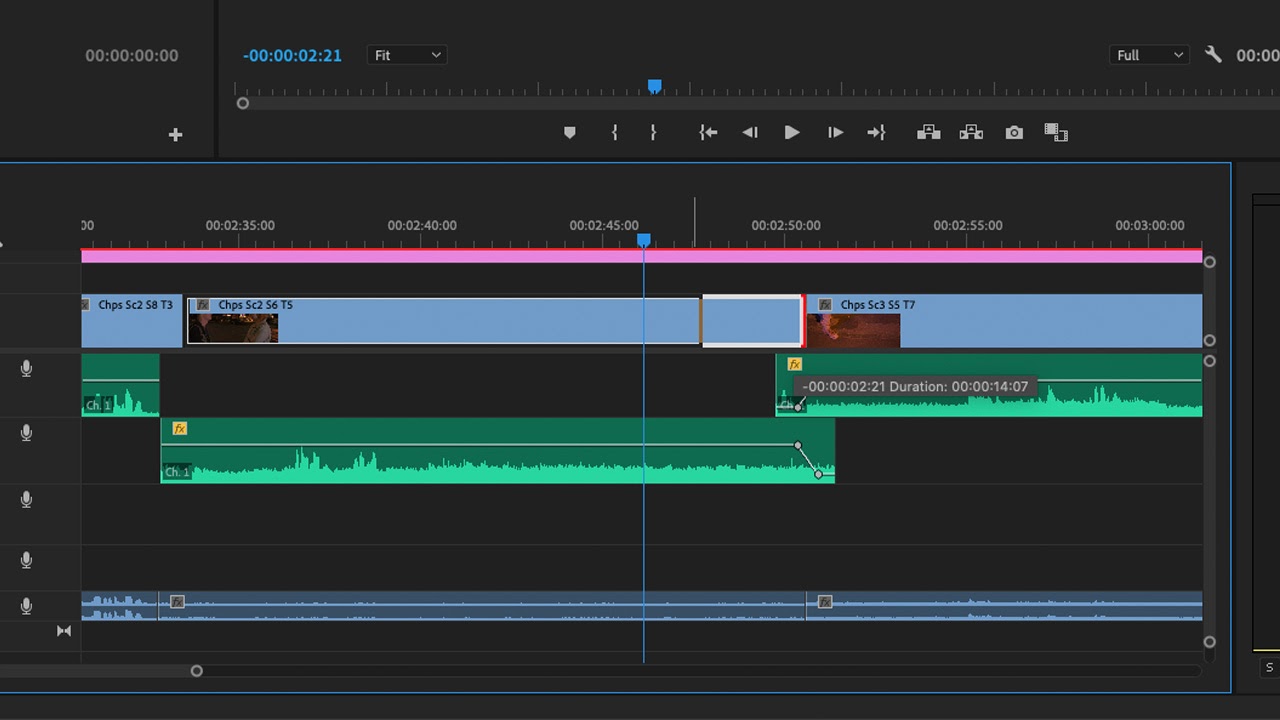
There’s a reason that TikTok and Instagram Reels have become so popular. People have busier lives and more sources of media content than ever, and as a result attention spans aren’t what they used to be. The most common criticism received today by amateur films, and many professional ones too, is that they’re too long.
That doesn’t mean you should cut your half-hour masterpiece down to 30 seconds, but you can certainly improve it by removing anything extraneous. In video editing like in any kind of editing, it serves to really be brutal with your own work – if a line or a shot doesn’t add anything not stated elsewhere, try taking it out and see if the video flows better without it.
Daily design news, reviews, how-tos and more, as picked by the editors.
03. Cut on action

A cut from one angle on a scene to another can sometimes be jarring. This often happens when you’re using different takes, but it can even be a problem when you have two cameras on the same take. One little video editing tip that can help make edits look smoother is to cut midway through an action, rather than when things are static.
For example, in a scene where a person walks across a room and sits down, start on a wide and cut to a close-up as the person is sitting, not once they've sat down. This looks smoother and helps cover up slight continuity errors, as the viewer’s eye will be distracted by the movement.
04. Cut away from speakers
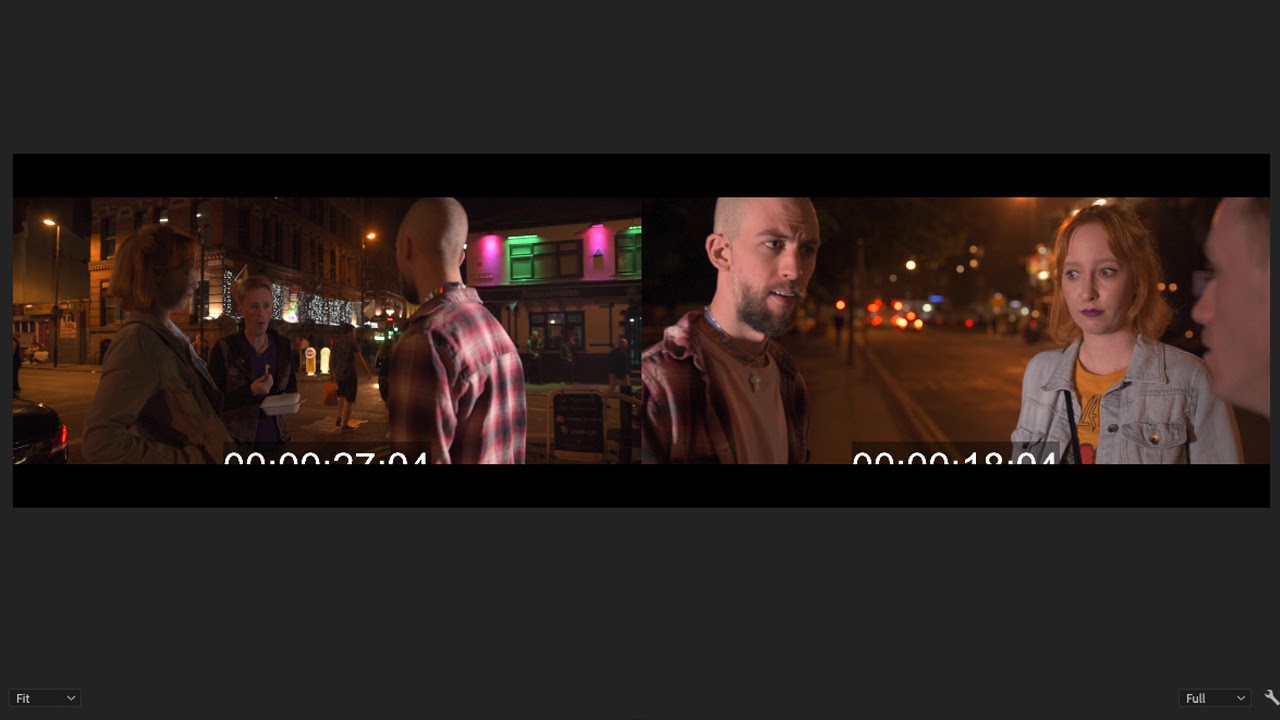
Knowing when to cut when people are speaking is another vital video editing tip. If you linger on one person speaking, your video can look really static. To improve pace, it's usually better to cut away to other visuals as speech continues. For example, when editing a vlog in which you speak to the camera, consider adding B-roll illustrating what you’re talking about.
In scenes with two or more people, it’s often more valuable to see the person who isn’t speaking than the person who is. So, at some point while Person A is speaking, try cutting to Person B. If they give an interesting non-verbal reaction, this can add an extra element, such as enhancing drama or comedy.
05. Learn to use colour
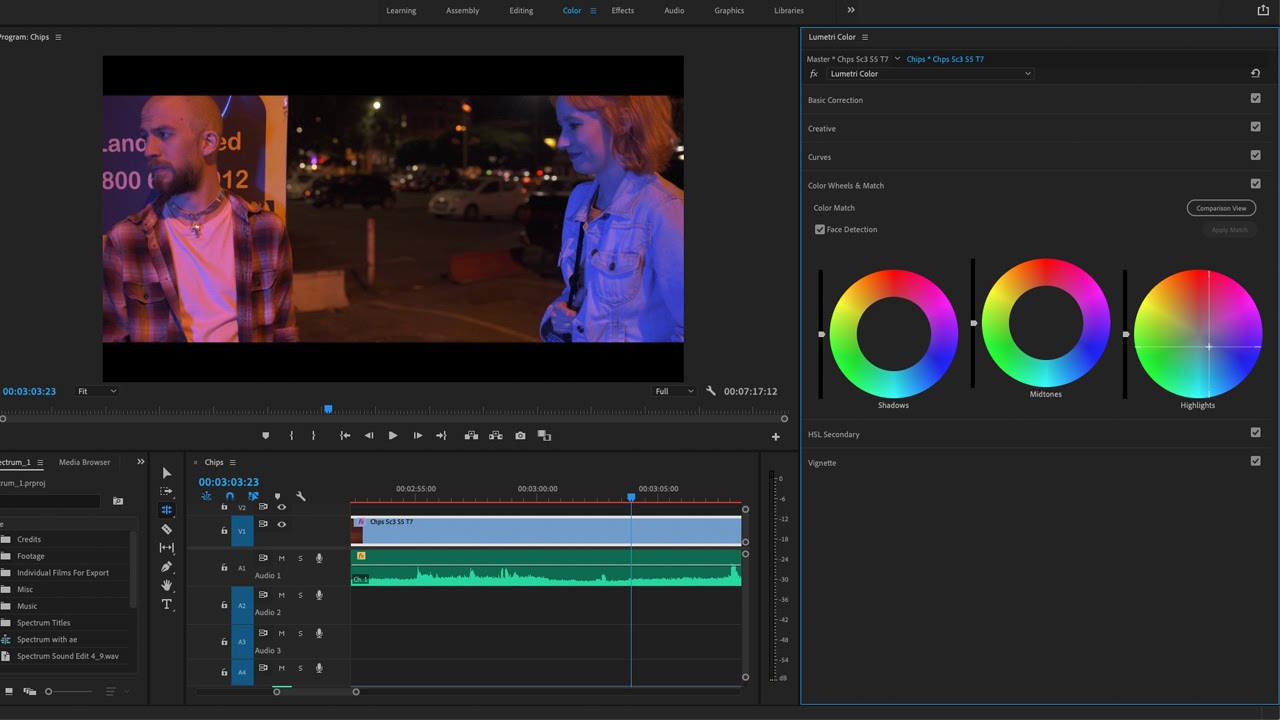
There are two colour editing processes in video editing: colour correction and colour grading. Colour correction involves adjusting your clips for basic consistency. Shots from two different cameras or ones taken in different lighting conditions can look jarringly different when placed one after another in an edit, and this can often be fixed by adjusting brightness, contrast, and white balance.
Colour grading, on the other hand, is a global process that gives a scene a particular “look.” If you’re serious about this, certain high-end editing applications have detailed grading interfaces, but many also make it easy for newcomers to achieve using LUTs, which apply a preset colour style. This can really change the feel of a video. Consider how the tone of your video changes if you give it a colder or warmer look, for example.
06. Cut to music
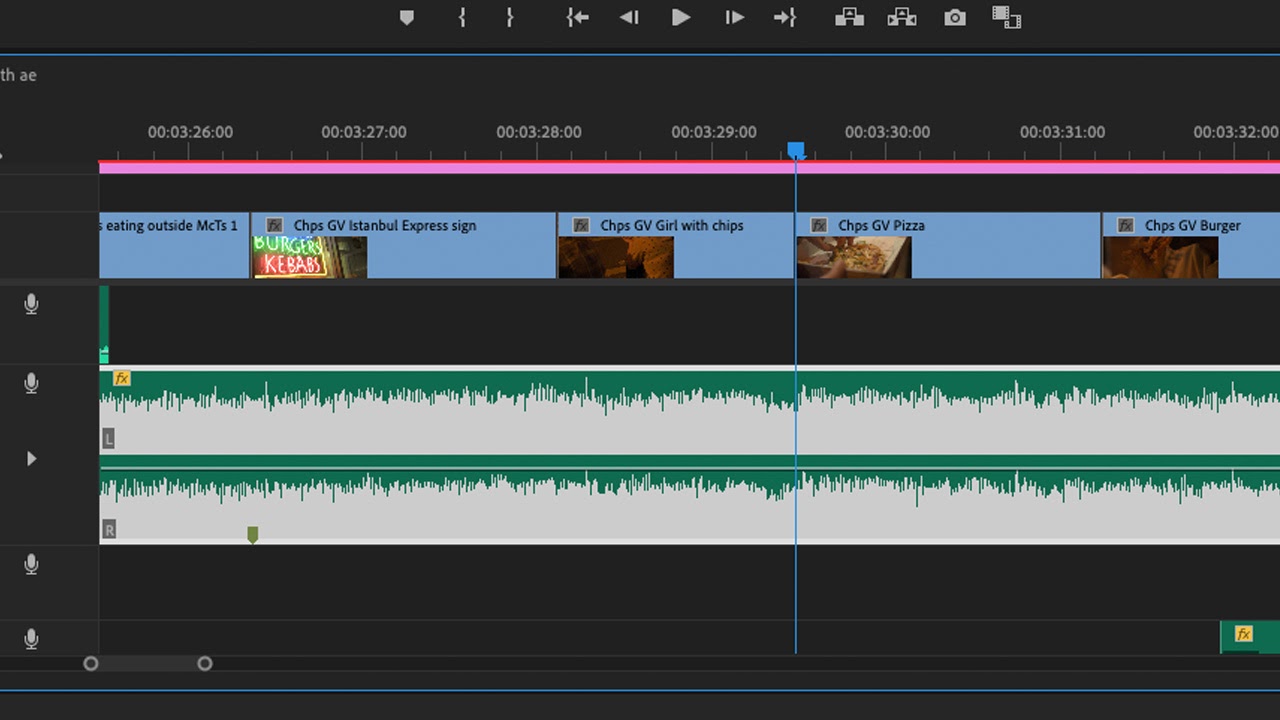
Our next recommendation in this list of video editing tips and tricks is about music, which is vital for almost all video editing. Setting your video to the right music can really boost its energy – and often help its performance if you're editing for social media. But where amateur editors often go wrong is that they don’t synchronise the editing with the beat of the music, which results in jarring cuts.
Try playing the track and tapping your fingers along to the music – on your desk or on the keyboard shortcut to add markers, if your software has one. The points where you tap are the ideal points for the video to cut. You can also look at the audio waveform to help you identify the peaks that you should cut on.
07. Balance your audio
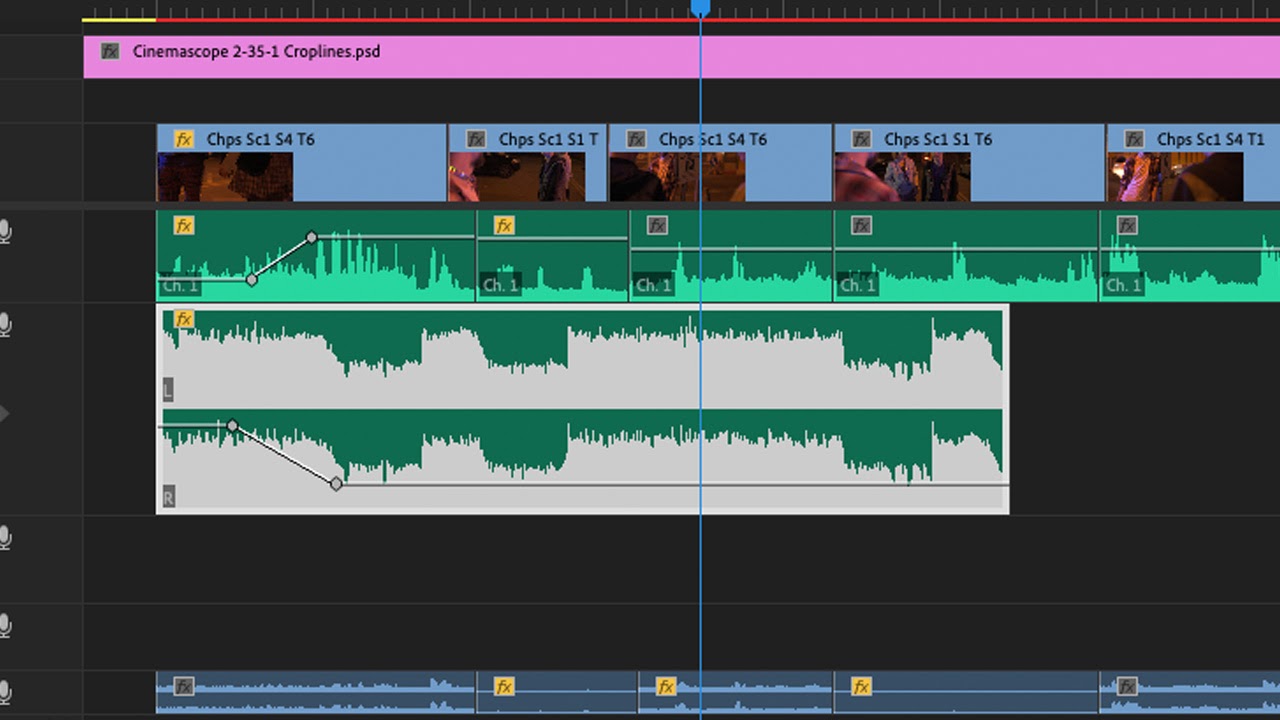
Sticking with music, another video editing tip is to make sure your audio is balanced. If the level of your music makes it difficult to hear speech, it’s doing more harm than good. Another common mistake is putting together different clips with speech at noticeably different volumes. You need to carefully balance your audio to avoid these imbalances grating on the viewer, and possibly even making your video unviewable.
Balance speech first. To do that mute any other audio, and go through your video adjusting the volume of speech clips so they’re as close as possible to each other. Then, adjust other audio elements around the speech. If your software has audio keyframing or ducking, you can use this to lower music volume when someone is speaking and to raise it elsewhere.
08. Check your rights
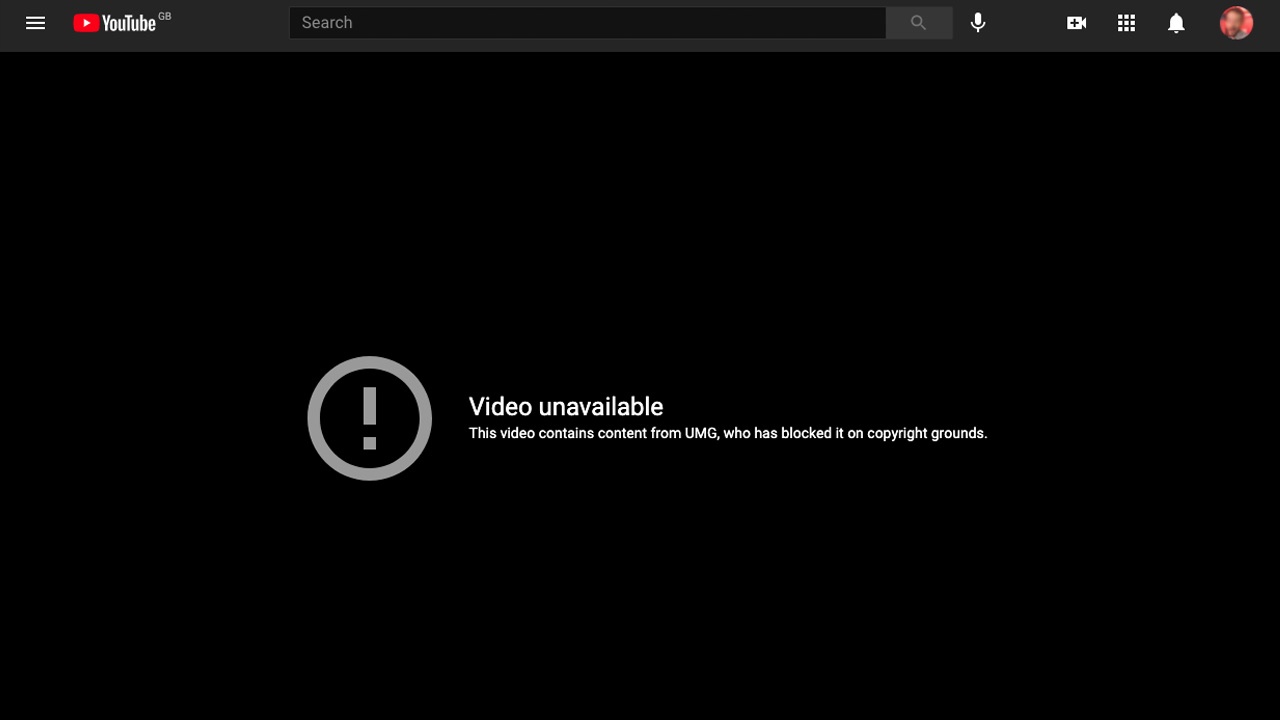
Another common mistake in using music in video editing is to use songs without having the appropriate rights. Sites like YouTube and Facebook have become a lot more strict in taking down videos that contain copyrighted music, so abandon any hope of being able to use your favourite hit.
Today, there are lots of websites and services that offer royalty-free music – some free and some at a cost – so it’s not difficult to find alternative tracks that suit your video. Read the terms properly, though, to be sure you’re permitted to use the music in the way you want to. Some licences only apply to specific platforms or use cases. Alternatively, if you have contacts with musicians, they may be willing to reach an arrangement to give you permission to use their tracks.
09. Always put the story first
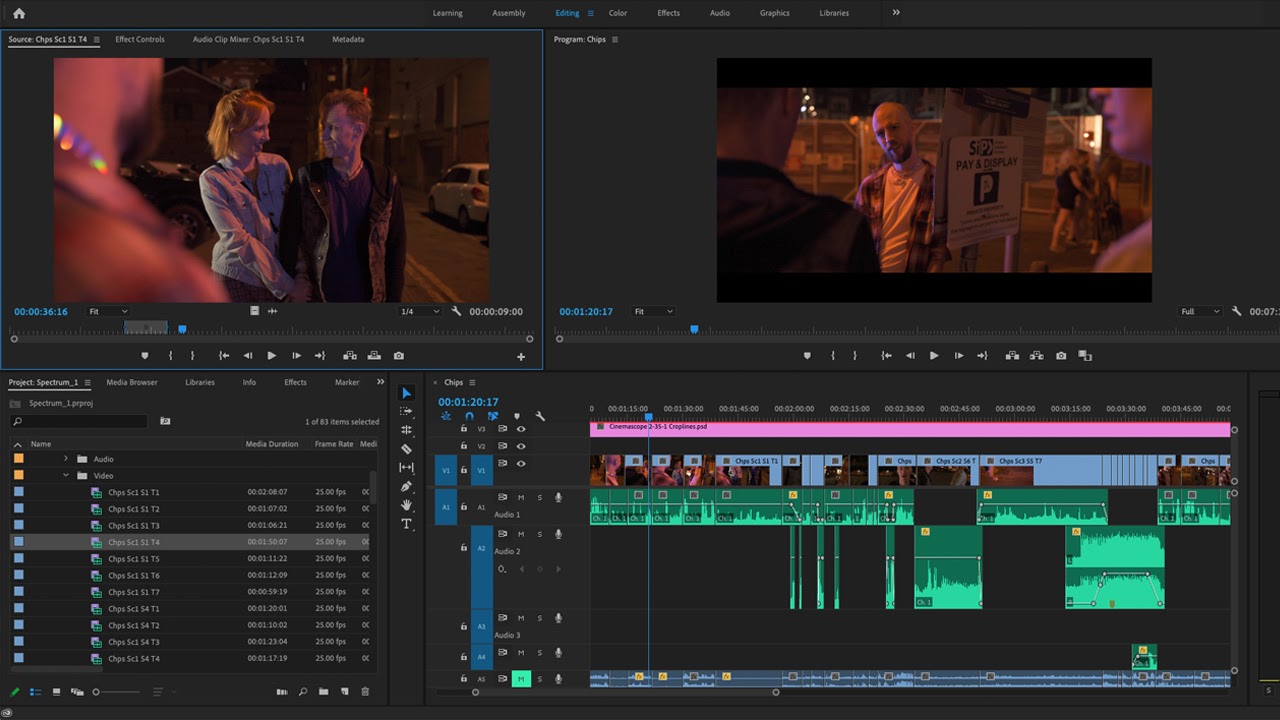
When deciding what shot to use or where to cut when you're editing video – and in fact, with any decision you make in the editing process – always ask yourself how your choice will impact the story. That doesn’t just apply to fiction; all videos tell a story of some sort, even advertising.
If you’re adding an effect just because it looks flashy or choosing clips that look the nicest, know that this perhaps isn’t the best approach. In fact, these choices can often distract from the main point, which is to tell your story. Think about the message that you want the viewers to take from the video, what they should be thinking at each point, and what the best images and sounds to enhance that message would be.
10. Back up your work!
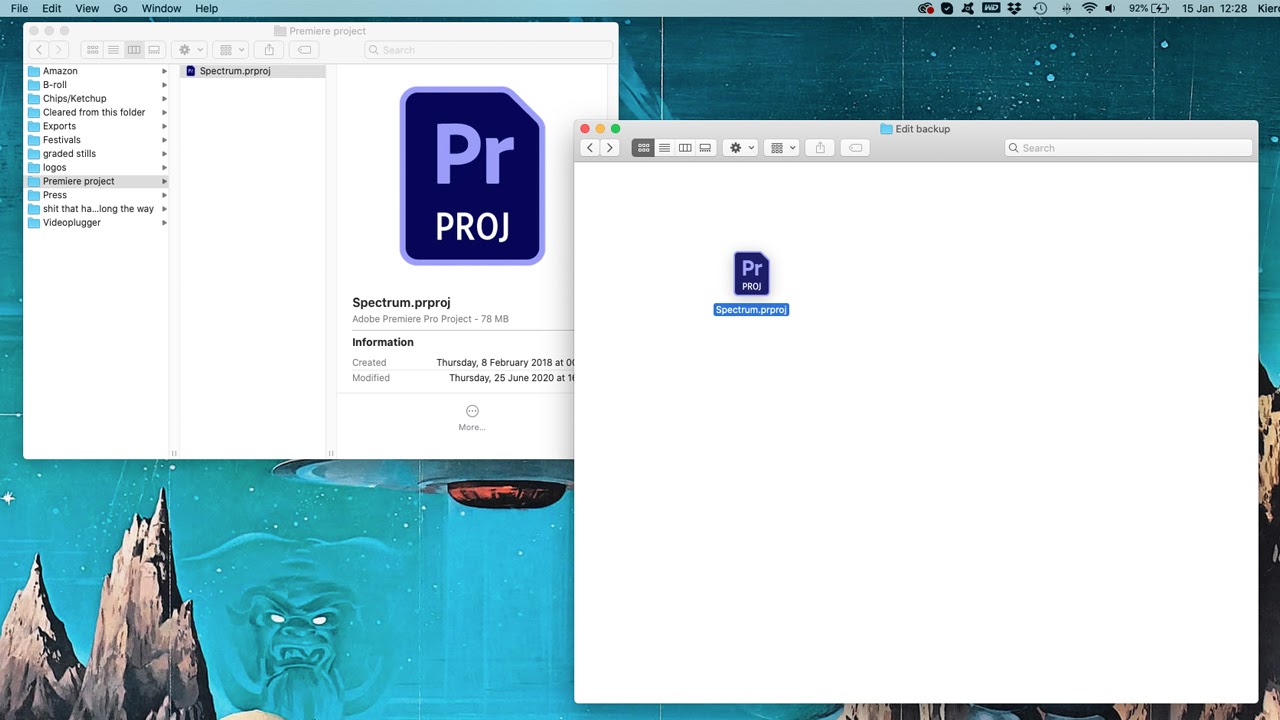
Finally, this is probably the most important thing we can recommend in our video editing tips and tricks. All your time and effort can go to waste if you lose your work. Many editing applications make regular automated backups, which is useful – especially for going back to previous versions if you want to backtrack, but this isn't enough. These backups are usually made to the same drive that your main project is saved on, so if that drive crashes, they won’t save you.
Ideally, you should be backing up to two additional locations, one of which shouldn't be stored at the same location. For the best peace of mind, we recommend copying your files to both an external hard drive and to a cloud server at the end of each session. This ensures that your files are safe from the many things that could go wrong (hard drives fail for various reasons, and even cloud storage isn't completely infallible – and plenty of video editors have had the experience of accidentally deleting their own work. See our pick of the best cloud storage and the best external hard drives for options.
Video editing can seem a daunting task at first, but keep these video editing tips and tricks in mind as you go, and you’ll soon be editing like a pro. You’ll also find it’s an incredibly satisfying process, especially when you watch your finished masterpiece.
Read more:
- The best video editing apps: edit video on the go
- The best online video editing courses: Learn online
- Instagram Reels tutorial: A beginner's guide

Kieron Moore is a freelance writer based in Manchester, England. He contributes to Future sites including TechRadar and Creative Bloq, focusing on subjects including creative software, video editing, and streaming services. This work draws on his experience as an independent filmmaker and an independent TV watcher. He can be found on Twitter at @KieronMoore, usually when he’s meant to be writing.
- Joe FoleyFreelance journalist and editor

